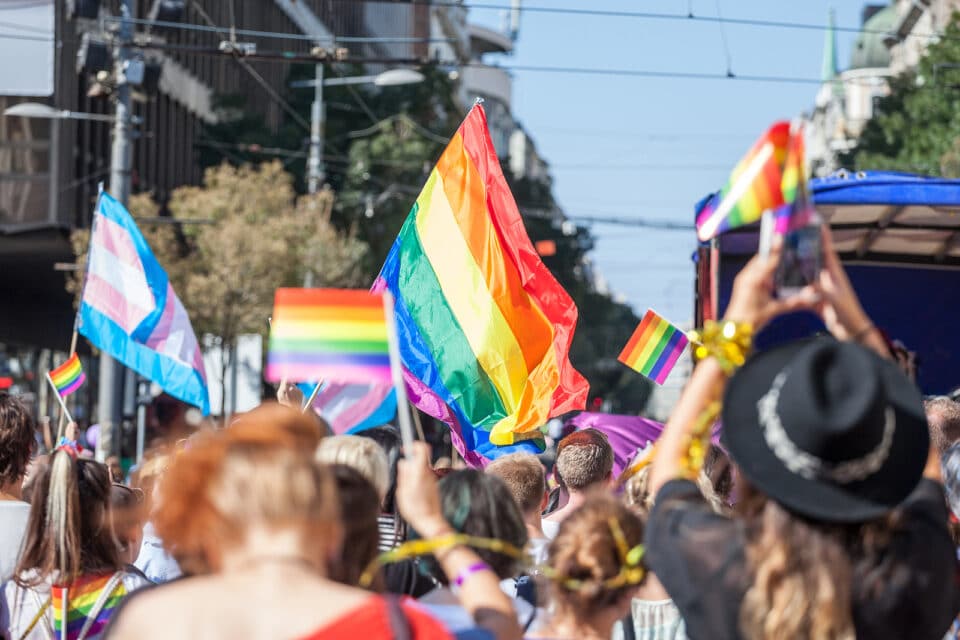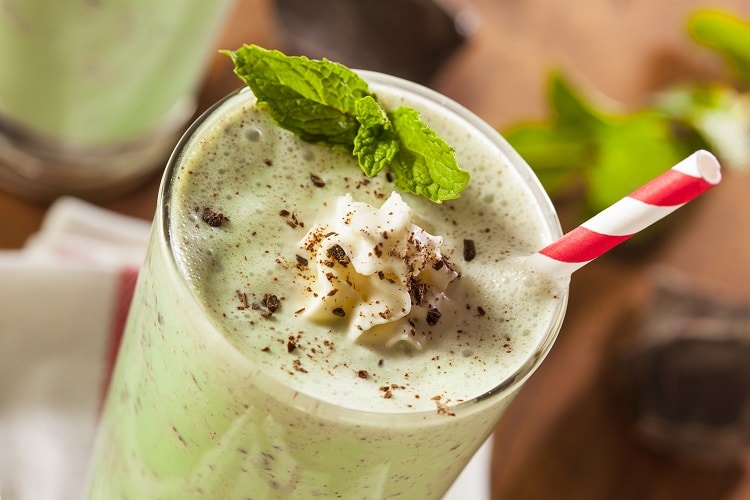Ok, so no one REALLY swims in coffee (maybe), but with the long and sometimes confusing names of the popular coffee drinks, you may feel like you are drowning. Or like you have to learn a second language. Have no fear, Circus Boy is your caffeine hero to the rescue because, by the end of this article, you will be able to walk into any coffee shop in the world and order with ease (no more 7AM panic attacks, I promise!).
So, with all of these fancy names on the menu, where in the world do they come from?! Well, let’s start with the most basic one:
Coffee – Of course we know what we’ll get in the US when we order a plain cup of coffee, but the word itself comes from the Italian word Caffé (although, if you order this in Italy, you won’t get a cup of joe…more on that in a minute). The Italians got their word from the Ottoman Turks, who got theirs from the Arabic word “qahweh” which either came from the birthplace of the coffee tree, a Western region of Ethiopia called “Kaffe,” or a distillation of “qahwat al-bunn” meaning wine of the bean. Thus, the origins of one of our most common words are as exotic as the drink itself.
The rest of these colorful names come from drinks that are based on the wonderful nectar of the Gods, Espresso! So, hold on to your demitasses folks, here we go:
Espresso – (also know as Caffé Espresso, NOT eXpresso…the coffee gods shall strike your palate numb should you utter this in an espresso bar) This is a method of quickly brewing coffee that was invented in the form as we know it by the Italians in the 1940s. Basically, roasted coffee is ground very fine and packed into a portafilter by a Barista (the person who runs a coffee bar) using a tamper. It is then attached to a machine that forces hot water (195°-205°F) through the coffee for 23-30 seconds. Espresso can be pulled in 1 or 2 shots, each consisting of roughly 1-1.5 oz. If a shop is using the straight Italian nomenclature, it will be: 1 = solo; 2 = doppio. If done with the skilled artisanship it deserves, this method produces a “shot” of a coffee nectar of sorts…one is treated to something truly glorious that is not achievable through any other brewing method on earth! In Italy this is known as Caffé Espresso, so if you order a coffee, or “caffé,” in Italy, you will get a shot of espresso.
Espresso can be enjoyed on its own in a small warmed ceramic cup (known as a demitasse, from the French, demi = half; tasse = cup) or mixed with a variety of dairy products to form some tasty creations.
Here’s an idiot’s guide to the wonderfully diverse coffee house menu:
Caffé Latte (also known as just a Latte in the US) – This word literally means “milk.” If you order a Latte in the US, you will be served steamed milk with a little foam that has been added to espresso. However, if you visit the motherland of espresso (i.e., Italy), make sure you say “Caffé” Latte, or else you will just be served a glass of cold milk! In recent years, pouring milk into the cup in a design has become quite a phenomenon and is widely known as “Latte Art.” Google it and you’ll be amazed at what pops up!
Cappuccino – Simply put, this is a drink of textures. There is debate as to how much foam and milk, but at the end of the day this traditional Italian breakfast drink should be naturally sweet and, in the words of a friend, be like drinking velvet. If done correctly, it will have the perfect balance between milky frothed sweetness (also called “micro-foam”) backed by a beautiful body of espresso. The powdered mix you get out of a machine at your gas station is not Cappuccino any more than those watches that guy is selling on the street corner are real Rolexes. The Italian origin for the name Cappuccino is debatable, but most believe it was derived from the similarities in color between the hooded robes (literally, “cappuccio”) of the Capuchin monks and the drink. Throw in some flair with “ino” – for the “little hood” – and the drink was sealed in history.
Caffé Macchiato (also found as Macchiato) – This literally means espresso that is “stained” or “marked” with milk. It contains just enough steamed half & half or heavy cream poured into 1 or 2 shots of espresso to make a “mark” and is served in a demitasse.
Caffé Corretto (literally meaning “corrected”) – Traditionally, this was a shot of espresso “corrected” with grappa, brandy or sambuca. It is very rare to find this in the US, but I have found a few places in the Pacific Northwest, my favorite being Lindamen’s “Da Vinci’s Muse” in Spokane, WA, that make an art out of their Correttos. How does espresso, buttershots, frangelico and half & half artfully combined in a cup sound to you? It most certainly corrected my day…their full menu is worth checking out (www.lindamans.com/drinks.html) and is probably one of the best Caffé Corretto menus in the world.
Affogato (Italian for “drowned”) –This is when a shot or two of espresso is poured over gelato; essentially “drowning” it. Traditionally, vanilla gelato is used, but as this became more popular worldwide (especially during the summertime) cafés started experimenting with different espresso and gelato food pairings.
Drinks beyond the Italian Tradition:
Caffé Breve – This is an American creation that is similar to the Caffé Macchiato except that it has more of the half & half or heavy cream.
Mocha Latte (also called a Mocha) – This is in essence a Latte with chocolate in it. Being more of an American specialty, the proper creation includes the addition of high-end dark chocolate to the brewed espresso and preparing the remainder of the drink in the same manner as a Latte.
Americano (similar to a Long Black in Australia and New Zealand) – This is a standard 5-6 oz. “cup” of coffee with a double shot of espresso (2 ounces) and 3 or 4 ounces of hot water. This is rumored to have been created for the American soldiers based in Italy during World War II who were longing for a more American-style coffee when espresso was the only thing being served in the cafés.
Cortado (derived from the Spanish and Portuguese meaning to “cut”) – When ordered in the US this is most commonly prepared in the same manner as a Macchiato except with a larger ratio of milk.
Café con Leche & Café Au Lait (Spanish and French, respectively, for “coffee with milk”) – Traditionally, this is strongly brewed coffee, although sometimes espresso, with steamed/scalded milk having no foam. Sometimes sugar is added to taste of the person imbibing. In the US, the Café Au Lait is probably most popular at the world-renowned Café Du Monde in New Orleans where it is traditionally served with a powdered-sugar sweet dough known as a beignet. Fortunately for the residents and reveling visitors, Café Du Monde serves up this specialty 24/7….don’t ask how I know.
Frappuccino – Basically a coffee milkshake, this drink was originally a creation of George Howell’s Coffee Connection in Boston, MA. After Starbucks purchased the chain in 1994, they “invented” the drink in 1995 since they now owned the name, and to this day it is one of their top selling drinks.
Bonus Points! – Once in a long while you will find a café in the US that will have Baristas capable of pulling a Ristretto shot. What IS a Ristretto you ask? It is Italian for “restrained” and is most commonly a short shot of Espresso. It is about half the normal volume and contains only the sweetest, most telling and tasty nuances of flavor that the coffee has to offer. It is the Chuck Norris of Unicorns in the coffee world, and ordering one may just land you in the realm relegated to uber coffee geeks.
So, there you have it. Not so scary after all and now you have many new darn tasty drinks to order confidently. Print this list out and don’t be afraid to pull it out the next time you saunter up to an espresso bar. It’s ok, really. Just tell them Circus Boy said so. And, if you get stage freight, well, you can always say, “I’ll have a regular coffee, please.”




2 Comments